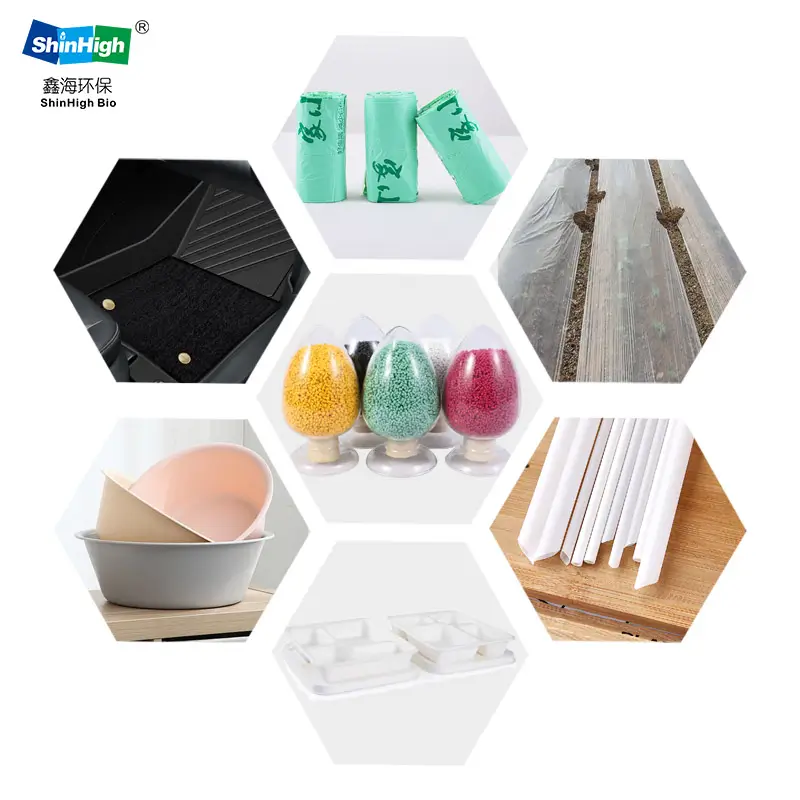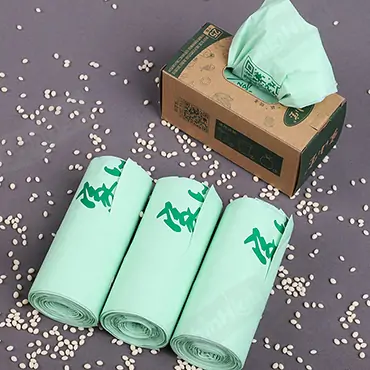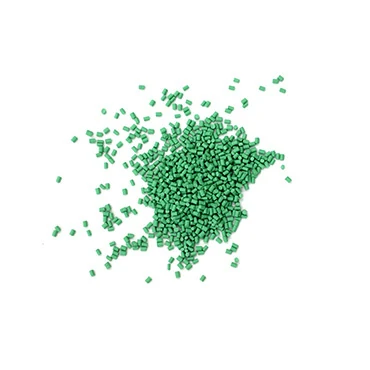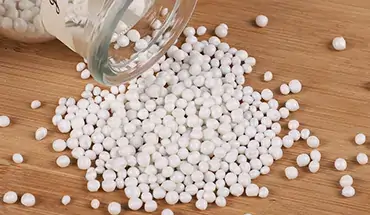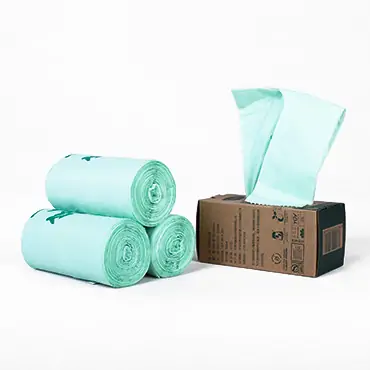Ever wonder how those vibrant, durable, and super-functional plastic products get their amazing qualities? If you’re working in the plastics industry, or even just curious about it, you’ve probably heard the term “masterbatch” floating around. But, what does that really mean, and why is it such a big deal? Well, let’s dive in and demystify this essential ingredient for you! This guide will give you the lowdown on everything you need to know, from the definition and manufacturing process, to the wide applications and benefits of using masterbatch.
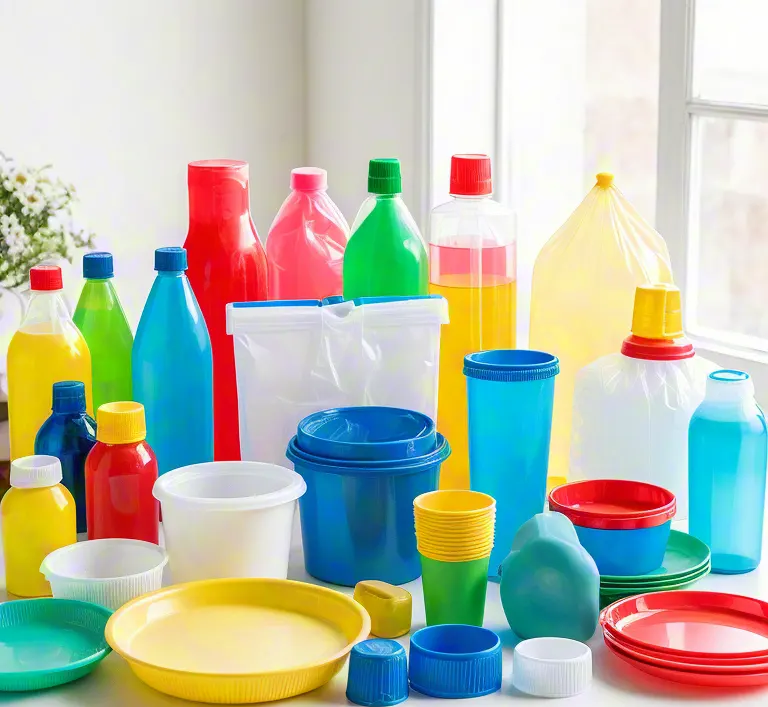
What is Masterbatch?
Let’s get down to the nitty-gritty. At its core, masterbatch is like a super-powered concentrate of goodness that you mix with your regular plastic material to get the specific results you’re after. Think of it as the special ingredient that takes your standard plastic and transforms it into something truly amazing!
The Masterbatch Definition – Let’s Break It Down
A masterbatch is essentially a solid mixture of a carrier resin (think of this as the main plastic base), color pigments, performance additives, and a dispersing agent. This mixture comes in the form of small granules that are super easy to handle and mix into your main plastic material during manufacturing. Essentially, you’re getting a ready-made solution for coloring and enhancing the performance of your plastics. This concentrated nature is what makes it so effective and versatile!
Understanding the Masterbatch Manufacturing Process
The process of making masterbatch might sound a bit like a science experiment, but it’s actually pretty straightforward when you break it down into steps. The goal is to create that perfect mix so you can easily use it in your plastic production. So, let’s take a look behind the scenes:
-
Step 1: The Perfect Recipe – Weighing the Ingredients
The first step is like following a recipe; manufacturers start by precisely measuring out the different ingredients: the carrier resin, the pigment, any specific additives they want, and the dispersing agent. Getting the proportions just right is key, as it determines the final color, performance, and consistency of the master batch.
-
Step 2: The Melting Pot – Mixing & Heating
Once the ingredients are measured, they’re combined and heated in a mixing machine until they turn into a molten liquid. This mixing and heating process is critical for ensuring that the pigments and additives are distributed evenly throughout the carrier resin. It’s kind of like making a perfectly smooth sauce, where every ingredient is blended in beautifully!
-
Step 3: From Liquid to Granules – Cooling & Cutting
After the mixture is perfectly smooth and combined, it’s time to cool it down and solidify. The molten masterbatch is then cooled and transformed into a solid. This solid is then cut and shaped into small, uniform granules. These granules are now ready to be used by you and other manufacturers as a simple, yet highly effective, way to color and improve the properties of your plastic products.
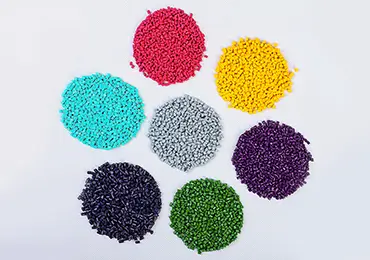
Why Should You Care About Masterbatch?
Why should you, as a plastic manufacturer or supplier, care about masterbatch? Well, it’s definitely more than just about adding some nice color. Masterbatch offers a variety of powerful benefits that can transform your production process and also enhance the quality of your final products. Let’s take a look at the real benefits.
The Real Benefits: Why Choose Masterbatch?
Masterbatch is more than just a coloring agent; it’s a strategic choice that can bring many advantages to your business. Let’s get into the specifics:
-
Color Consistency: Say Goodbye to Color Nightmares
Tired of dealing with inconsistent colors in your plastic products? With masterbatch, those color issues become a thing of the past. Masterbatch offers incredibly precise color control, which means every batch of your product will have the exact same shade. No more headaches caused by color variations! With masterbatch, you can create products with beautiful and consistent colors, every single time.
-
Enhanced Performance: Boost Your Product’s Capabilities
Masterbatch can do more than just color; it can also significantly improve the performance of your products. Additive masterbatches can impart specific properties like UV resistance, anti-static performance, flame retardancy, and more. Think of it as giving your plastic products extra “superpowers”. Whether it is to protect your products from sun damage or increase their durability, masterbatch can give your products a performance edge!
-
Cost Efficiency: Saving Money Without Sacrificing Quality
Using masterbatch can actually save you money in the long run. How? Because it reduces the amount of raw materials you need, resulting in more efficient production. Additionally, the enhanced performance offered by masterbatch can result in higher-quality end products with fewer defects. Less waste and higher efficiency? That sounds like a win-win situation to me!
Applications of Masterbatch
Masterbatch has become an essential component in the processing of many products because of its good processability. So it covers an extensive range of applications.
- Rubber Products Industry
In the rubber products industry, masterbatches are used in the manufacture of tires, seals, pipes, and sleeves. Masterbatches are used in rubber extrusion, injection, calendaring, and other processes to significantly improve production efficiency and product quality. - Textile Industry
In the textile industry, masterbatches are mainly used to manufacture high-strength, lightweight, and aesthetically pleasing products. Masterbatches play a key role in the processing of fiber-reinforced plastics, helping to improve the physical properties and appearance of products. - Food Packaging Industry
Food packaging materials must resist moisture, keep food fresh, and prevent oxidation. Masterbatches are widely used in the food packaging industry as an outer packaging material and are subject to hygiene standards and practices. - Cosmetic Industry
In cosmetics, masterbatches help set and adjust colors in products like powders and foundations. They add shine and uniformity, enhancing product quality and usefulness. - Other applications
There are many types of functional masterbatches, including thermal insulation, UV protection, blue light protection, freshness preservation, and fire resistance.
Choosing the Right Masterbatch: A Quick Guide
With so many options available, selecting the right masterbatch for your specific needs can be overwhelming at first. Here’s a quick guide to help you make the right choice: First, make sure to know your specific needs. What kind of plastic are you using? What properties are you looking for in your finished product? It’s always good to ask for samples and don’t hesitate to ask a lot of questions to your masterbatch provider. Choosing a supplier that has a wide range of options and great technical support will be crucial for your success.
Conclusion: Masterbatch – Your Partner in Plastic Success
In conclusion, masterbatch is more than just a coloring agent, it’s a powerful tool that can transform your plastic products. Masterbatch helps with adding color, improving performance, and saving you both time and money. From film blowing to injection molding, masterbatch plays a role in creating countless products that we use every day. Whether you’re looking to enhance the color, durability, or functionality of your plastics, masterbatch is your key to plastic perfection! Choose your masterbatch partner wisely, and you’ll be well on your way to producing exceptional products.

